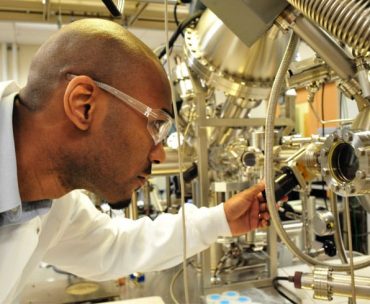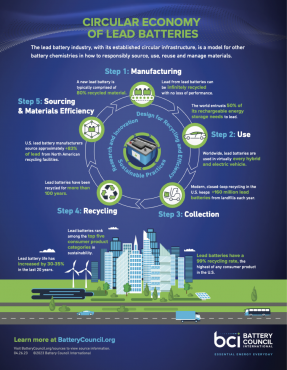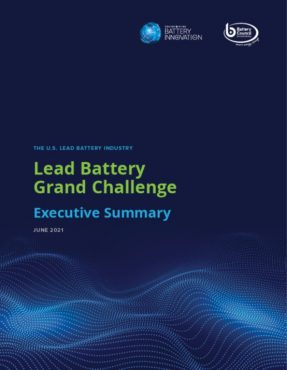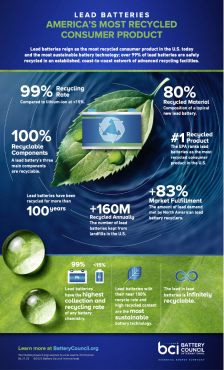
Our guest blogger, Mike Judd, is President and Chief Operating Officer of Stryten Energy, a leading provider of energy storage solutions for transportation and industrial markets. Mike has been on our radar for a while, but after we heard him speak during a roundtable discussion with other industry experts at the first Technical and Innovation Summit at the BCI Convention + Power Mart Expo, we wanted to hear more. Below, he shares how the lead battery industry can be at the forefront of the energy storage landscape with a view to market position and the growth potential of lead batteries.

Spotlighting the Top Three Focus Areas to Advance the Lead Battery Industry
Lead batteries have operated efficiently behind the scenes to provide safe and reliable energy storage for over 160 years. Today, they have been overshadowed by new battery chemistries such as lithium. It’s time for the lead battery industry to shine the spotlight on what can be accomplished with additional funding for research to unlock the greater performance potential and greater investments in advanced manufacturing with a continued focus on sustainability.
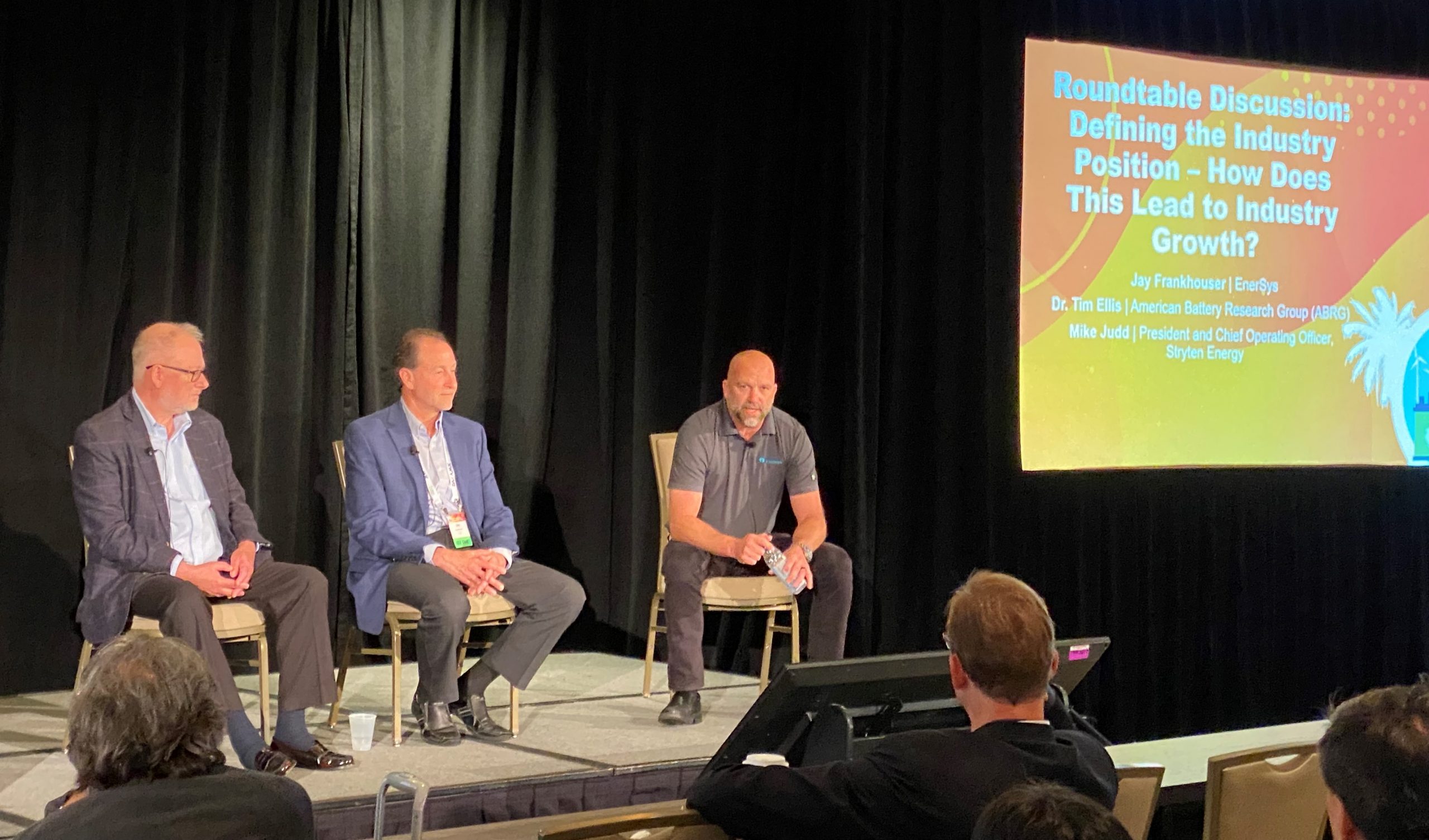
Fund More Lead Battery Research to Unlock Full Energy Storage Potential
Investments in research and development are a key aspect of the Department of Energy’s (DOE) Energy Storage Grand Challenge (ESGC). The ambitious cost target for advanced lead battery technology is $35/kilowatt-hour (kWh), based on the untapped potential in this chemistry. Costs need to come down as utilities need to integrate the variable power from renewable energy such as wind and solar into the grid.
Researchers at the Lead Battery Science Research Program, alongside the DOE’s Argonne National Laboratory, have been working to study reactions within lead batteries in real-time. In addition to studying reactant crystals, researchers are also examining the effects that additives and contaminants have on performance. We need to examine every element of the battery – anodes, cathodes, separators, electrolyte, etc. – to maximize capacity and extend life. We need to look at all of the material that goes into the production of the battery to ensure every component adds value.
Invest in Advanced Manufacturing, Workforce to Leverage Domestic Supply Chain
The Bipartisan Infrastructure Law provides over $3 billion in funding for domestic battery manufacturing and supply chains. The roadmap for the ESGC also includes accelerating the transition from R&D to commercialization and focusing on ways to manufacture technologies at scale competitively.
Investments should also be made in the people working in the plants. As manufacturing becomes even more sophisticated, the demand for skilled workers will continue to increase. U.S. manufacturing is expected to have 2.1 million unfilled jobs by 2030.
Some of the most needed jobs require in-depth experience on the shop floor. A growing number of manufacturing jobs will also require employees skilled in operating digital technologies and systems. The increasing reliance on robotics and automated processes is creating more jobs within manufacturing, and companies need workers who understand robotics, artificial intelligence and data analytics. They need technicians who can program and repair that sophisticated equipment. As manufacturers invest in their plants, they should also strive to advance their people’s skills to ensure they are ready for the increasing digitization and automation of manufacturing processes.
Increased investments in manufacturing processes and a highly-skilled workforce will help ensure lead battery manufacturers are able to produce the batteries that will supply that necessary capacity to improve the efficiency of renewable energy sources.
Share Lead Batteries’ High Recycling Rate, Sustainable Circular Economy Story
We have a strong story about the sustainability of lead batteries that is unique in the energy storage space. Lead batteries have a 99% recycling rate, which keeps more than 130 million lead batteries out of landfills each year. Typically 80% of a lead battery is comprised of recycled materials, which include lead and plastic components.
Because of our well-defined recycling process, over 80% of the demand is met by U.S. battery recyclers. This domestic footprint minimizes potential supply chain disruptions and ensures recycling is done in an environmentally conscious way. The lead battery must strive to continually improve the recycling process to maximize the recycled materials and minimize our carbon footprint.
While the lack of a robust recycling process is one of the drawbacks of lithium battery systems, the Environmental Protection Agency (EPA) is currently soliciting feedback to develop best practices on the end-of-life management of batteries in order to increase the recovery of critical minerals. We must continue to share the success of the lead battery industry’s circular economy model with policymakers, customers and consumers. As the processes for recycling other battery chemistries mature, our industry may need to step up to provide access to our battery collection and transportation network footprint or potentially expand our recycling capabilities to accommodate other chemistries.
Lead Batteries are an Essential, Lower-Cost Solution in the Energy Storage Landscape
The lead battery industry is primed to be at the forefront of the energy storage landscape. The demand for energy storage is too high for a single solution to meet. Lead batteries already have lower capital costs at $260 per kWh, compared to $271 per kWh for lithium.
To advance the lead battery industry, it is imperative to focus on three areas: additional investment in research, capitalizing on research findings and advanced manufacturing to prove lead batteries are a vital part of the inclusion of clean sources of energy, and share the sustainability success story of the lead battery industry.

